For the first time at the legislative level, subjects and objects of related rights were identified in 1936 in Austria. The normative acts existing today relate to certain results of human intellectual and physical activity. Next, we consider this topic in more detail. So, related rights: concept, objects, subjects.

General information
In 1941, the term "adjoining law" was first used in Italian law. Over time, the category to which it extended expanded. For example, related rights in some cases may be associated with works not protected by copyright. In this case, they are considered public domain. So, a piano concert written by Beethoven can be performed in a concert hall or can be recorded on a disc.
At the same time, royalties to the copyright holder are not provided, since the composer died in 1827, and all his works are considered to be in the public domain. However, the performers (orchestra and pianist) or the producer of the disc on which the recording will be will enjoy the related right with respect to their reproduction. In other words, no one can record a concert without the consent of the performers. No one is allowed to make copies of records from the disc without the approval of its manufacturer. 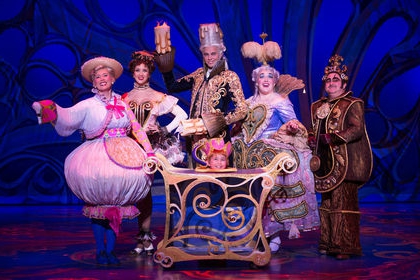
Objects of Related Rights: Concept
This category includes various results of intellectual and physical activity, embodied in one form or another. Objects of related rights include, for example, a phonogram. It is any, but only sound recording of performances or other sounds. For example, objects of related rights are birdsong, people's voices, singing, natural rustling, creaking of trees, the sound of the sea, wind, rain and so on. Performance is the presentation of phonograms, works and other things through singing, dancing, recitation in contact with the audience or using technical means. The latter are, for example, cable television, broadcasting, and so on. 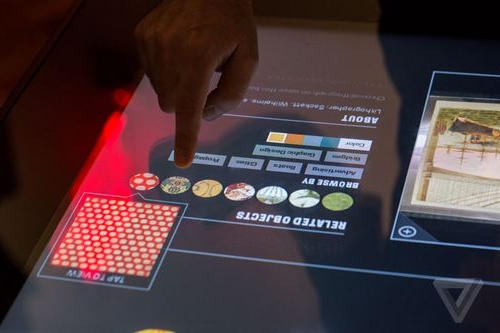 Also, performance is considered to be the display of frames of a visual work with or without sound, in their sequence. In general, objects of related rights are phonograms, performances, production, transmission of cable and broadcasting organizations, regardless of their purpose, dignity and content, as well as the form and method of their implementation.
Also, performance is considered to be the display of frames of a visual work with or without sound, in their sequence. In general, objects of related rights are phonograms, performances, production, transmission of cable and broadcasting organizations, regardless of their purpose, dignity and content, as well as the form and method of their implementation.
Staging
These objects of related rights act as one of the forms of enforcement. For example, to play a theatrical play, actors must portray the roles of heroes. At the same time, if playing actors, that is, directly theatrical performers, will act as actors during the work, then the artists need to simultaneously present their game. Thus, the concept of "performance" extends to the staging of certain works. It should be said here that related law takes effect only if the speech is broadcast.
Cable and terrestrial broadcasting
In this case, the broadcast is carried out by transmitting a set of visual and audio signals. They are broadcast directly, either by satellite or otherwise. In cable broadcasting, an optical fiber, wire, cable, and so on acts as a "transmitter." Objects of related rights in this case are directly transfers created by organizations independently or at the expense of their funds by others upon request.
Their difference from theatrical productions, for example, is that they, acting as the result of not so much intellectual as physical activity, do not express the special creative originality of the creators. However, as world practice shows, the additional encouragement of such organizations and individuals today is quite justified. Thanks to him, a significant improvement in the quality of the created products is noted. Relaying and the use of phonograms of broadcasts of broadcasting organizations significantly expand the audience that perceives performers. Along with this, an increase in the effect on viewers / listeners is noted. 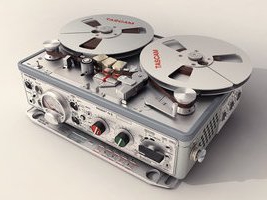
Artists, manufacturers and broadcasting organizations
They act as subjects of related rights. Performers, in the first place, are artists, dancers, singers, musicians and other persons reproducing works of art or literature, including also puppet, pop or circus performances. The subjects also include conductors and stage directors of plays. Both producers and legal entities can act as producers of phonograms. They take the initiative as well as the responsibility for creating the first sound recording of a performance or other objects of related rights. The producer of a phonogram is considered to be the person whose name or name is indicated directly on it or the case in which it is located, unless otherwise proven. 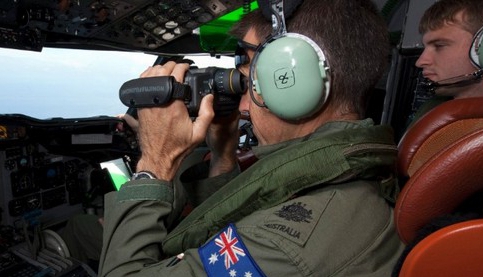 Cable or terrestrial broadcasting organizations are called television companies (ORT, RTR, NTV and so on), radio stations, as well as various private and state enterprises that broadcast via cable channels for an additional fee (usually).
Cable or terrestrial broadcasting organizations are called television companies (ORT, RTR, NTV and so on), radio stations, as well as various private and state enterprises that broadcast via cable channels for an additional fee (usually).
Objects of copyright and related law
First of all, it should be noted the close relationship between these categories. As mentioned above, in some cases, objects of related rights are works considered to be in the public domain. However, as a rule, created products are additionally protected by law. In particular, we are talking about copyright. For example, you cannot create a phonogram of a song without using its words and music. The latter, in turn, are composed by a poet and composer.
It is also impossible to carry out a television or radio broadcast without the participation of choreographers, performers, playwrights, playwrights or another person acting as the holder of related or copyright. This moment is regulated by relevant laws. Certain objects of related rights cannot be reproduced without the permission of the creators and performers. Consent must be formalized in the relevant agreement. The law strictly regulates this area. For example, in order to broadcast a performance by cable or broadcast, a broadcasting company must obtain the consent of not only the director, but also the actors involved in the play, and the author of the literary work that formed its basis.
Performers Features
This category belongs to the exclusive non-property and property rights to the object. The performers are guaranteed the protection of the name and the protection of the performance or performance against various distortions and other encroachments that could harm its dignity and honor. These persons exercise free use of objects of related rights. They may, inter alia, receive remuneration for any form of product reproduction.
Exclusive right allows performers to independently carry out or authorize other persons to broadcast or cable production or broadcasting. Only with the consent of these entities is it possible to record phonograms, then play them back if the original product was not created for commercial purposes. The performer may participate in the creation of audiovisual reproductions on a contractual basis.In this case, all property rights belonging to him pass to the manufacturer. The performer can authorize the delivery or rent the phonograms with his direct participation, published for commercial purposes. The right to transfer the rental, as a rule, passes to the creator of the record under the contract. Along with this, the contractor retains the opportunity to receive remuneration.
Limitations
The law strictly protects the rights of performers. However, along with this, he establishes a number of restrictions. In particular, this applies to the right to reproduce staging or performance recordings. Restrictions take place when the original phonogram was created by agreement of the performer or it is played for the same purpose for which approval was received. The exclusive right is transferred to users of performances or performances, as well as to other persons under the contract. 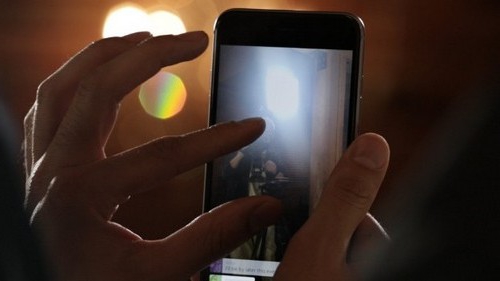
Opportunities for phonogram producers
Despite the fact that the creation of a sound recording is not considered a form of art, the failure or success of the artist will depend on its quality. This is especially true for singers. It is important for them that their voice is not worse in the soundtrack than in real performance. The producer of the recording may himself or allow others to reproduce, remake, perform other processing, rent, sell, import copies of it. In this case, it is worth noting that phonograms sold and reproduced with the knowledge of the creator are further distributed without paying him remuneration and without his knowledge. If we talk about rental, the use of the record in this form is always the responsibility of the manufacturer, regardless of who will act as the owners of the copies.
Reproduction without the consent of the creator and performer
A phonogram may be published for commercial purposes without the knowledge of the owners of related rights. However, in this case, they should be paid remuneration. If for the sale of the record the consent of both the producer and the performer was obtained, then there are no grounds for its further widespread reproduction for commercial purposes. In this order, it is transmitted by cable or broadcast. Also on this basis, its public execution in the future is also carried out.

